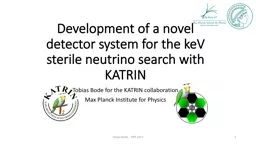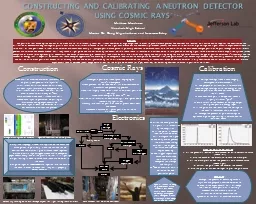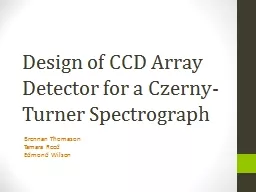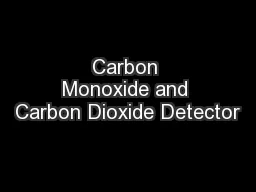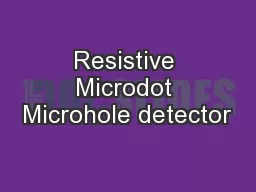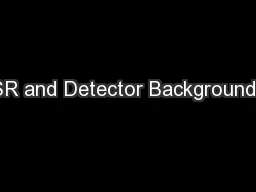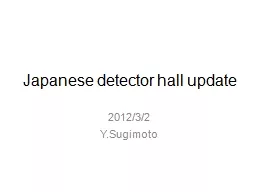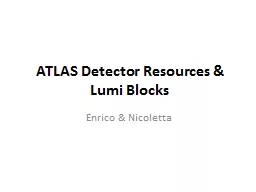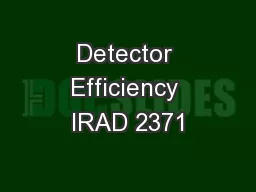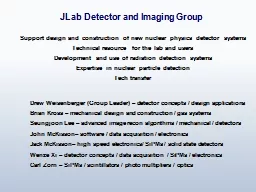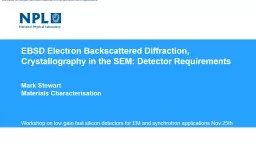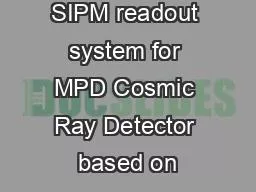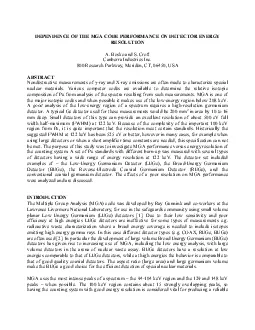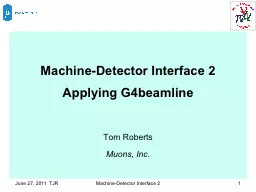PPT-Development of a novel detector system for the
Author : luanne-stotts | Published Date : 2018-02-26
keV sterile neutrino search with KATRIN Tobias Bode for the KATRIN collaboration Max Planck Institute for Physics Tobias Bode TIPP 2017 1 Introduction Tobias Bode
Presentation Embed Code
Download Presentation
Download Presentation The PPT/PDF document "Development of a novel detector system f..." is the property of its rightful owner. Permission is granted to download and print the materials on this website for personal, non-commercial use only, and to display it on your personal computer provided you do not modify the materials and that you retain all copyright notices contained in the materials. By downloading content from our website, you accept the terms of this agreement.
Development of a novel detector system for the: Transcript
Download Rules Of Document
"Development of a novel detector system for the"The content belongs to its owner. You may download and print it for personal use, without modification, and keep all copyright notices. By downloading, you agree to these terms.
Related Documents

